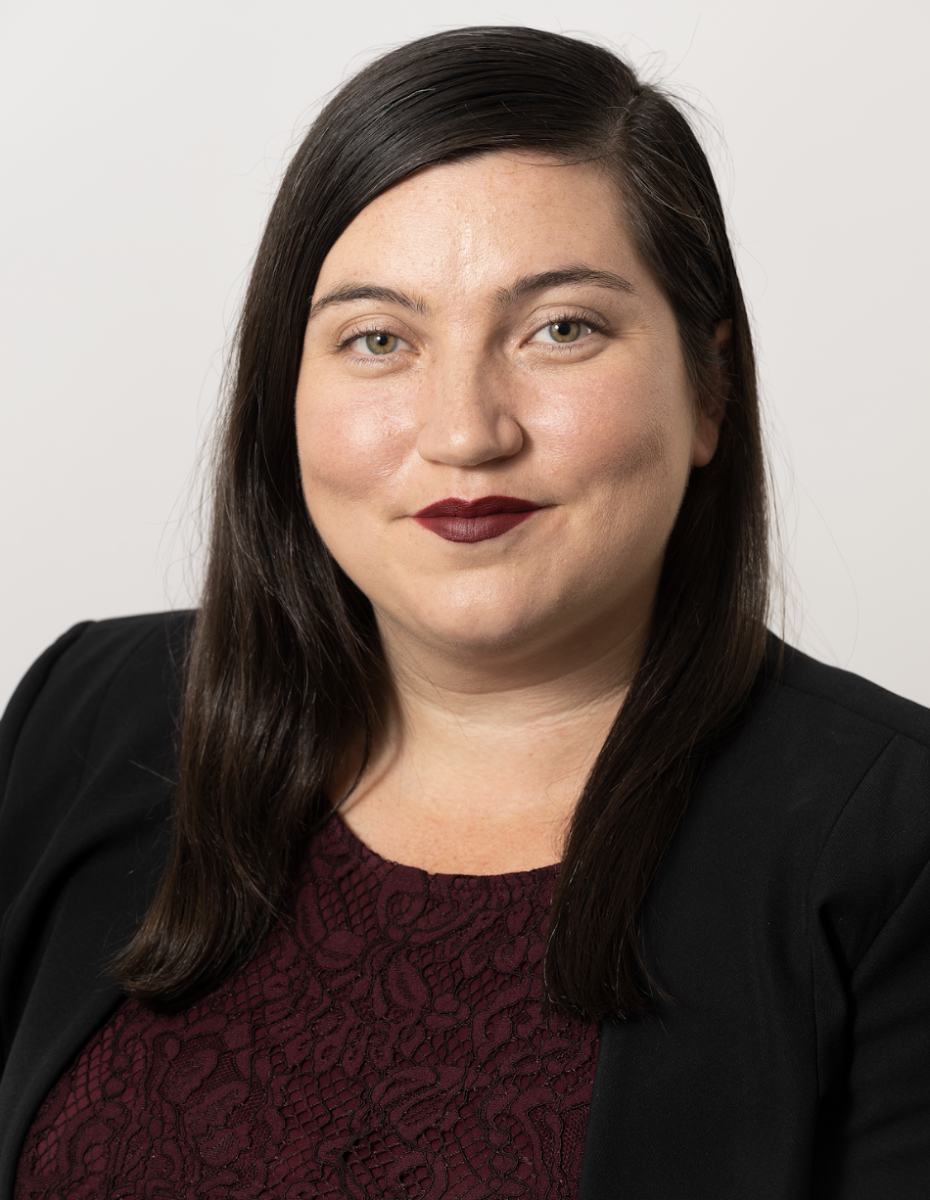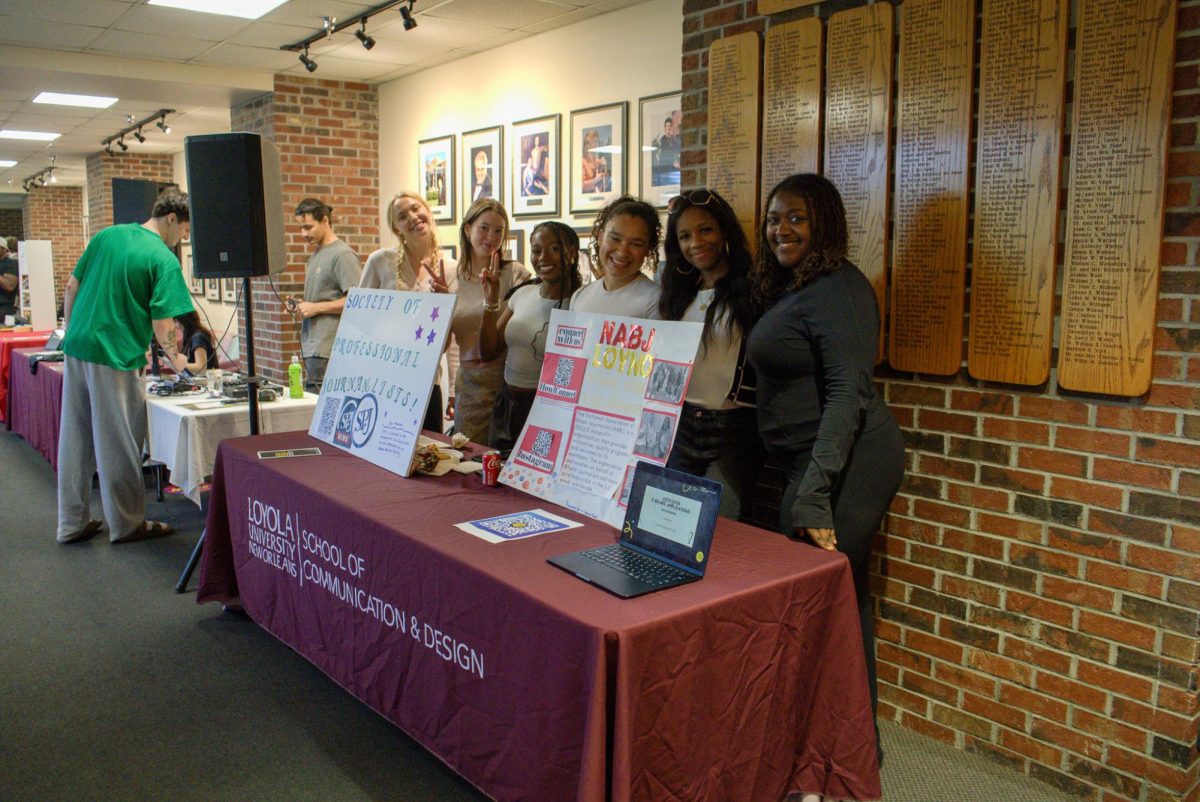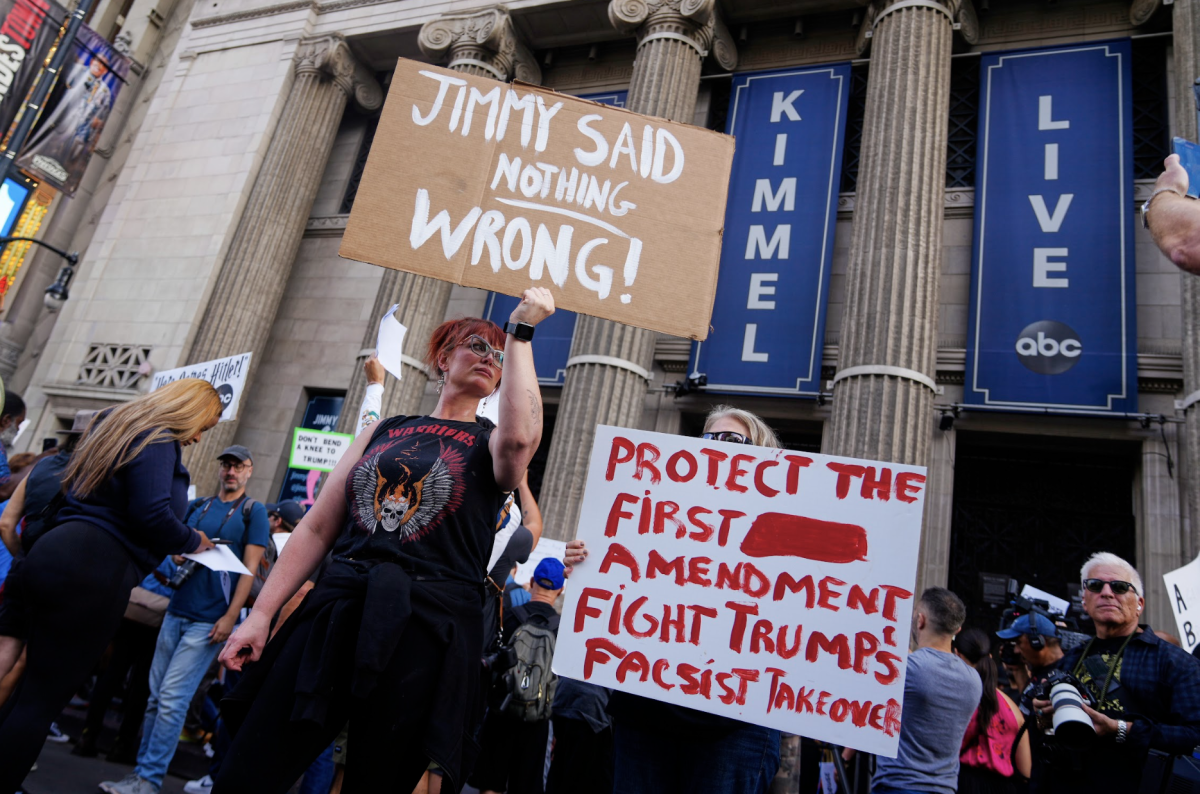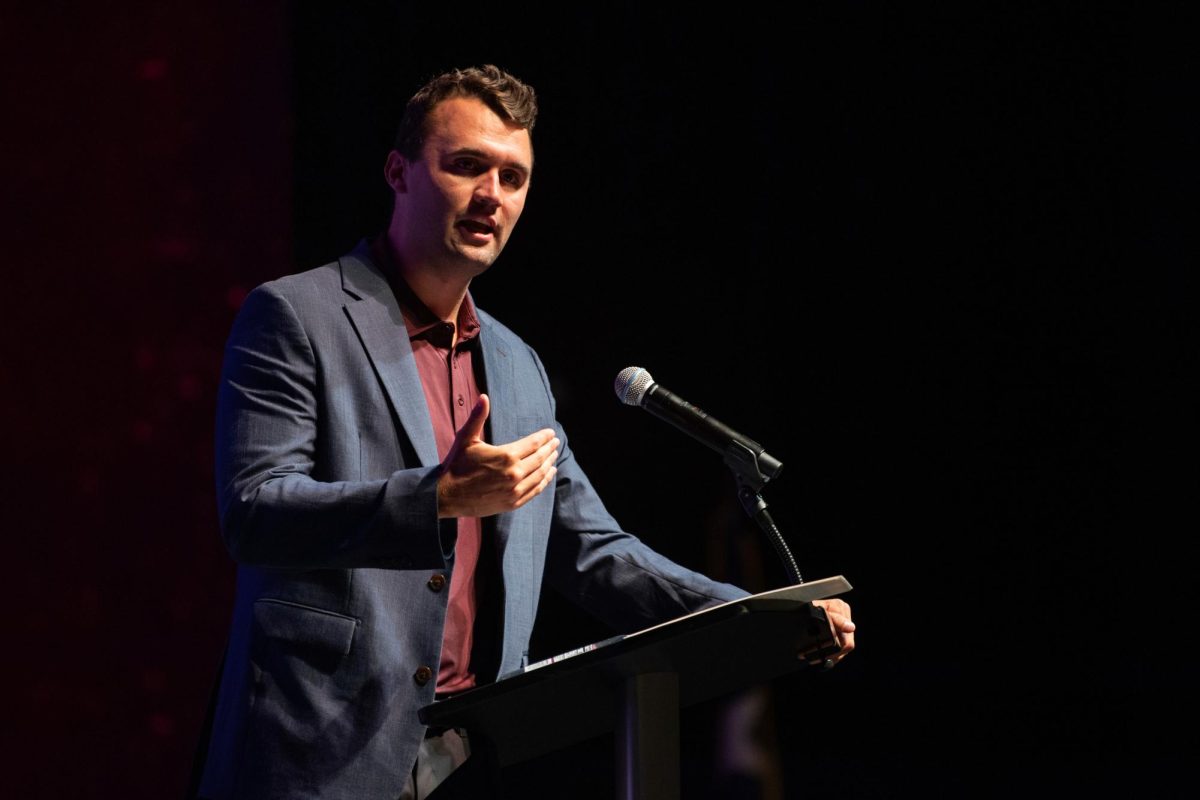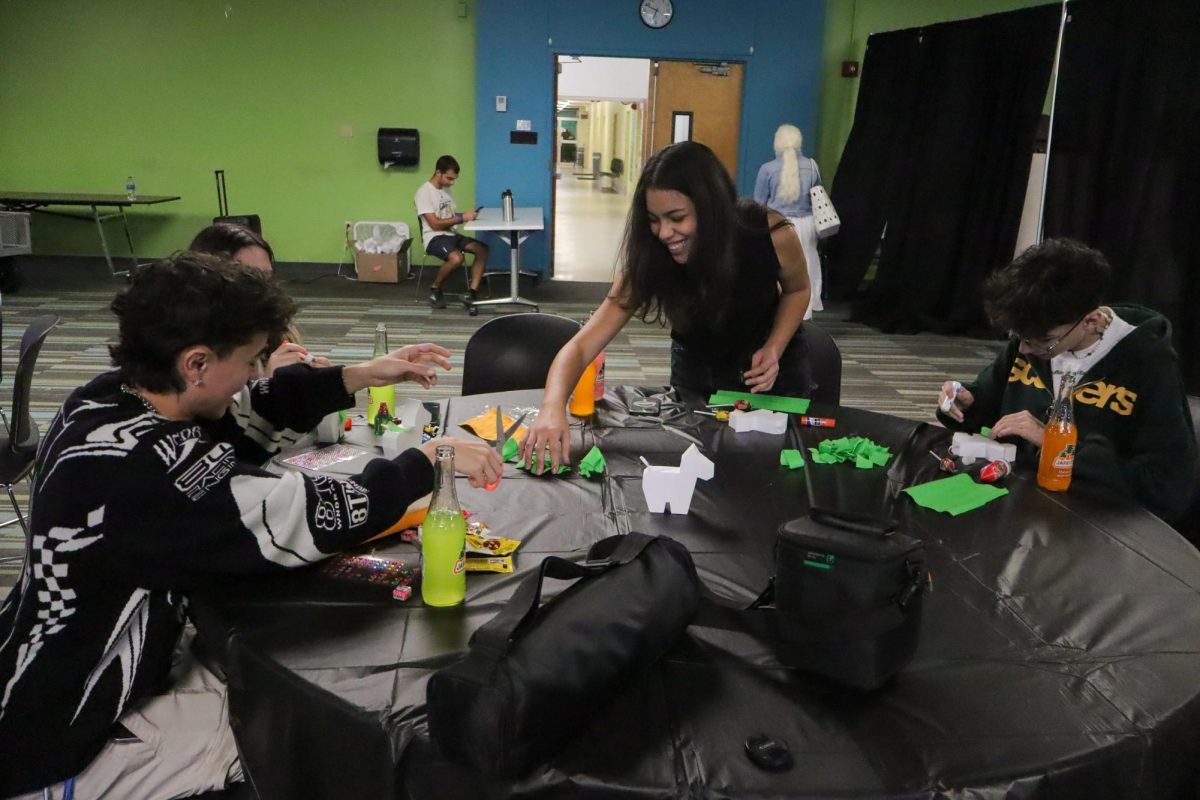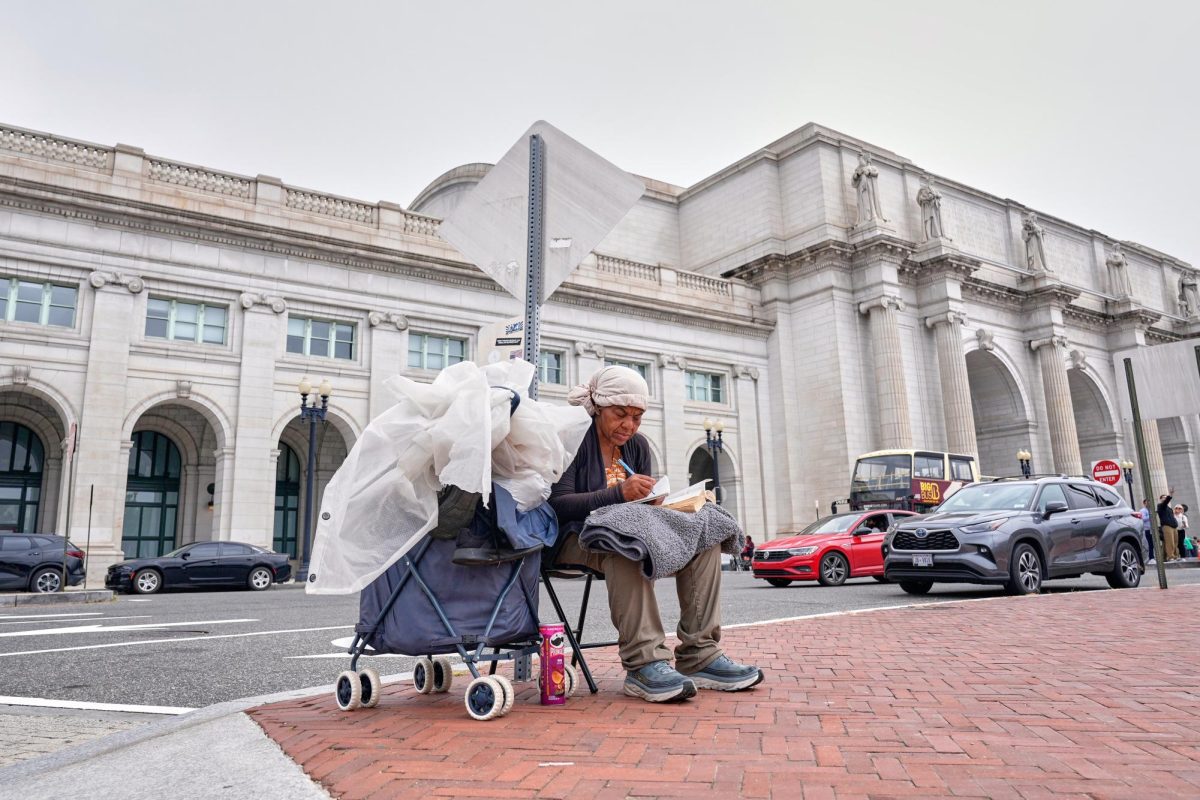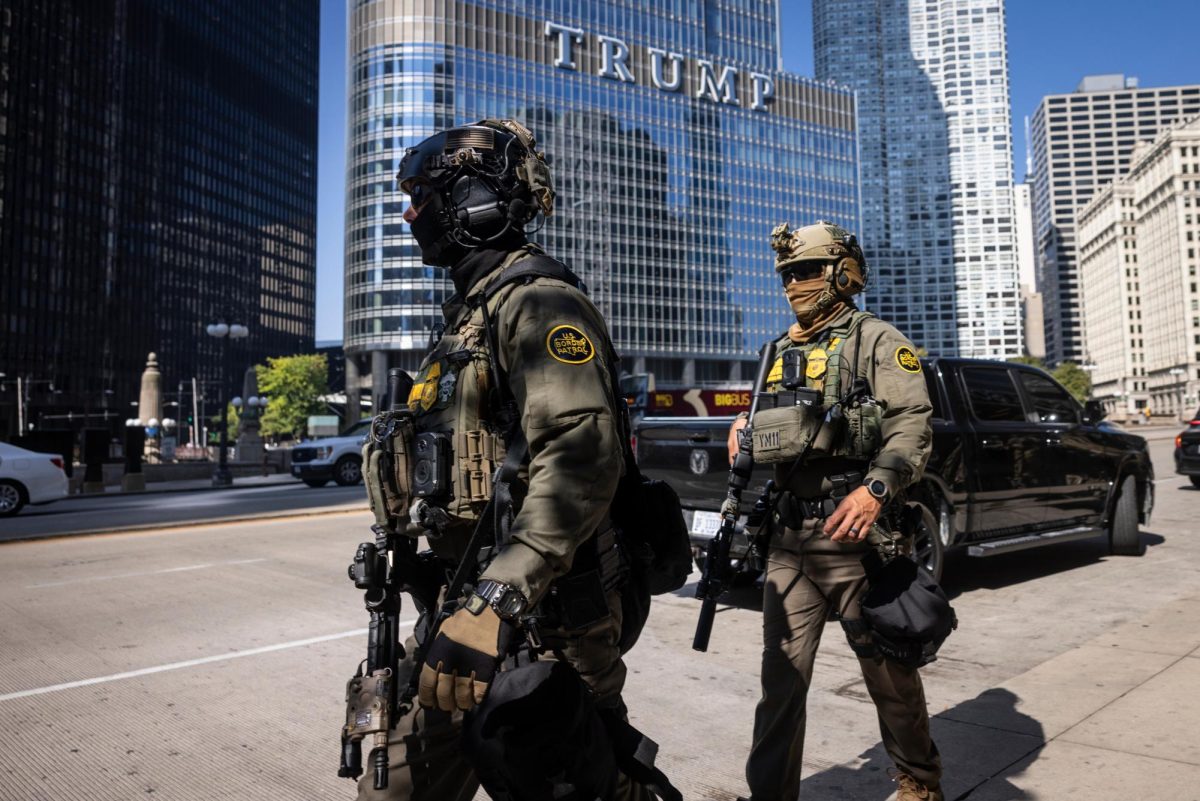Dr. Jesse Chanin’s article examines the mistreatment of teachers in New Orleans public schools after Hurricane Katrina. In the aftermath of the storm, 7,500 educators—71% of whom were African American—were fired, marking the largest dismissal of Black employees in the United States since Brown v. Board of Education.
This mass firing dismantled the teachers’ union, and the charter school system that replaced it has faced persistent challenges, including high teacher turnover and repeated school closures. The disruption also delayed the reopening of schools until January 2006, leaving many families unable to return home because there was no place to send their children.
Professor Chanin acknowledges that “some researchers have lauded these reforms, pointing to increased test scores and graduation rates.” That is true, and it is also true that the charter system has brought many dedicated educators to New Orleans—including the current Executive Director of JSRI, who taught in the public schools for four years.
Dr. Chanin’s article, however, is not a critique of those individuals who serve students with commitment and care. Rather, it is an analysis of a profound injustice that displaced 7,500 educators and left countless families without jobs or schools in the wake of disaster.
Beyond Dr. Chanin’s article, I encourage readers to look at a nola.com op-ed, Katrina’s Education Reforms Took the Schools Away from the Communities by Kaprice Daniels and Jada Ceasar, two New Orleans Public School graduates, which highlights the cultural consequences of displacing predominantly Black, local educators and implementing rigid behavior policies that reshaped school life. During my own experience teaching in a charter school from 2011 to 2013, I witnessed this shift firsthand—I was required to enforce rules that compelled second graders to walk on taped lines on the ground and eat their lunches in silence. Students deserve safe schools in their own neighborhoods—places where they can learn and express themselves freely. Regardless of whether those schools are charter or public, I believe we can all agree on that principle.


